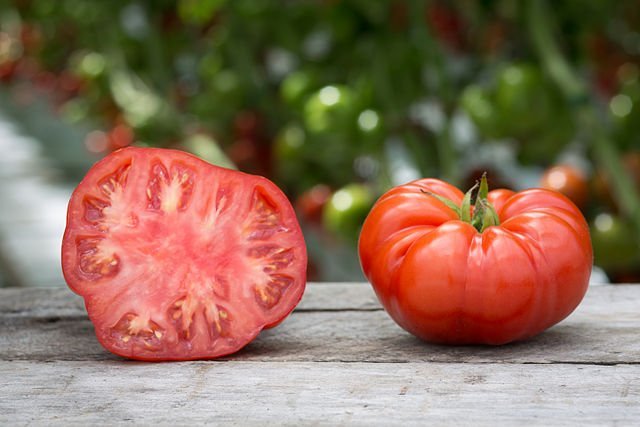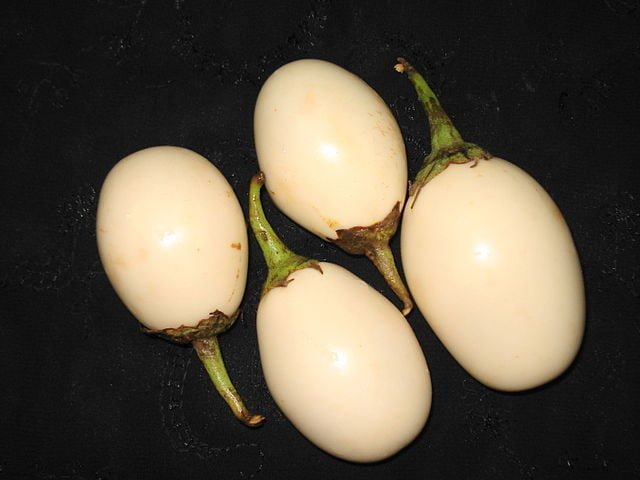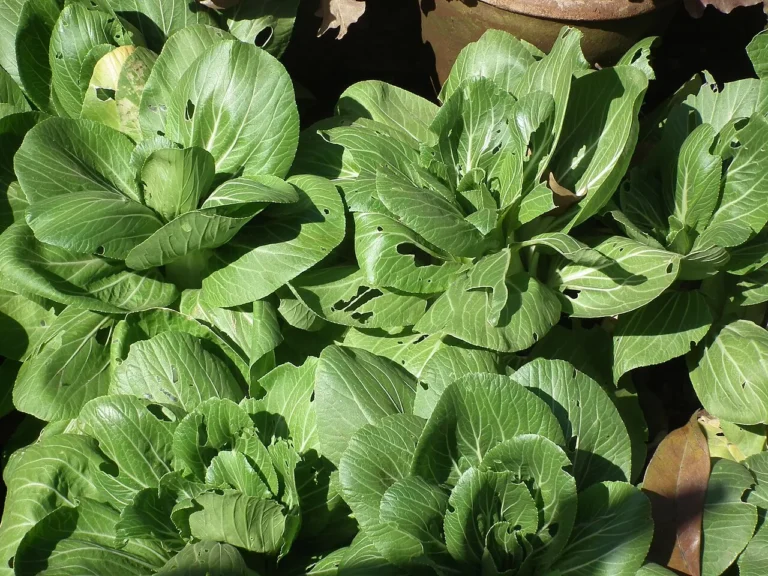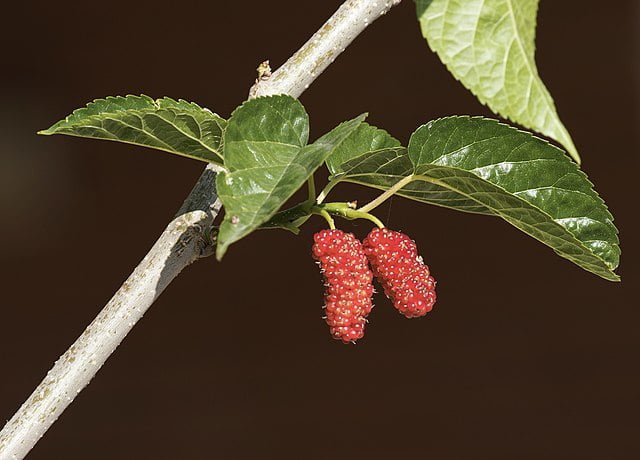The King of the Garden: A Guide to Growing Beefsteak Tomatoes
Beefsteak tomatoes, renowned for their large size, meaty texture, and juicy, rich flavour, are a popular choice for gardeners and tomato lovers alike. These tomatoes are ideal for slicing for sandwiches, grilling, or enjoying fresh in salads. If you’re looking to add a showstopper to your garden, beefsteak tomatoes are certainly worth considering. Here’s your comprehensive guide to growing these magnificent fruits.
Choosing Your Beefsteak Tomato Variety
There are several varieties of beefsteak tomatoes, with different colours, sizes, and maturation times. The common characteristics among them all are their large size and dense, juicy flesh. Some popular varieties include ‘Brandywine’, ‘Big Beef’, and ‘Heirloom Beefsteak’. Select a variety that suits your climate, taste preference, and garden space.
Starting Beefsteak Tomatoes from Seed
Like most tomatoes, beefsteak tomatoes are best started indoors, 6-8 weeks before the last expected frost date. Plant the seeds in seed-starting mix, covering them with about 1/4 inch of soil. Keep the soil moist and warm, around 70-80°F.
Transplanting Seedlings
Once the seedlings have developed their second set of true leaves and the outdoor soil temperature has consistently reached 60°F, it’s time to transplant. Select a location with full sun and rich, well-drained soil. Space the plants 24-36 inches apart, as beefsteak tomatoes can become quite large and need plenty of room to grow.
Caring for Your Beefsteak Tomatoes
- Watering: Tomatoes prefer deep, consistent watering. Aim for 1-2 inches of water per week, either from rainfall or manual watering.
- Fertilizing: A balanced vegetable fertilizer can help promote healthy growth and fruit production. Avoid high-nitrogen fertilizers, which can lead to lush foliage but fewer fruits.
- Staking or Caging: Beefsteak tomatoes are a heavy variety, and their vines will need support as they grow. Stake or cage your plants early to prevent damage.
Harvesting Beefsteak Tomatoes
Harvest your beefsteak tomatoes once they have reached their full colour, whether it’s red, yellow, or another colour, depending on the variety. The tomatoes should feel firm but give slightly under pressure. Use a sharp knife or pruners to cut the fruit from the vine, leaving a bit of the stem attached.
Pest and Disease Management
Common pests of tomato plants include hornworms, aphids, and whiteflies. Diseases can include early blight, late blight, and various fungal infections. Regular inspection, proper spacing for air circulation, crop rotation, and the use of disease-resistant varieties can help keep your plants healthy.
Final Thoughts
Growing beefsteak tomatoes in your garden can be a rewarding experience. Their size and flavourful fruits make them a favourite among home gardeners. With proper care and attention, you can enjoy a bountiful harvest of these delicious tomatoes for your summer salads, sandwiches, and much more. So grab your garden gloves and get planting!







